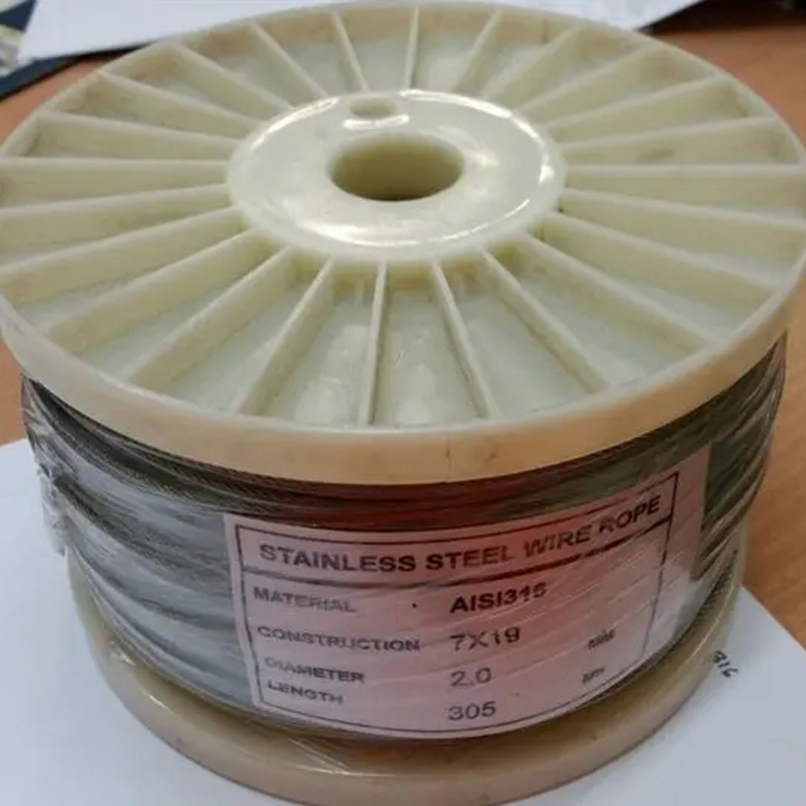Insulating gloves are essential safety tools used in power operations, maintenance, and testing. As the power industry continues to grow and live working techniques become more common, the demand for reliable and high-performance insulating gloves has increased significantly.
1. What's the difference between insulated gloves and regular protective gloves?
Insulated gloves differ from regular safety gloves in both material and function. They are made with insulating rubber that creates a closed insulation system to protect the hands from electric shocks. Regular gloves, on the other hand, are typically made of non-insulating materials like fabric or leather, which offer little to no protection against electrical currents. Moreover, insulated gloves must undergo strict electrical performance tests before being sold, while regular gloves do not have such requirements.
2. Why should insulating gloves be worn when dry?
It is crucial to wear insulating gloves in a dry condition because moisture can drastically reduce their insulation properties. Water acts as a conductor, and even small amounts of moisture can lower the resistance of the glove, increasing the risk of electric shock. Additionally, impurities in water may cause chemical reactions under certain conditions, further compromising the glove’s integrity. Keeping gloves dry ensures maximum safety during use.
3. What is the most important factor in determining the quality of insulating gloves?
The main indicator of an insulating glove’s effectiveness is the amount of leakage current that passes through it at a given voltage. If the leakage current remains within safe limits, the glove is considered safe. Even if the glove doesn’t break down under voltage, excessive leakage current can still pose a serious risk to the user. Therefore, the key to safety lies in keeping the leakage current low.
4. Why are preventive tests necessary for insulating gloves?
Preventive testing is a critical requirement in the power industry to ensure user safety. Although insulating gloves have a long shelf life, they can degrade over time due to aging or improper storage. To prevent accidents, users should conduct regular preventive tests before using them. Gloves that have exceeded their shelf life must be tested before being put into service.
5. How to properly wear insulating gloves?
When working in electrical environments, especially in high-temperature conditions, workers may accidentally touch grounded surfaces, leading to electric shocks. While wearing insulated boots is essential, it’s also important to avoid any part of the body coming into contact with ground. In rainy weather, even with insulated gloves or boots, additional rain gear should be worn to prevent moisture from reducing the insulating effect.
6. What is the difference between live working gloves and standard insulating gloves?
Live working gloves are designed for use in various voltage ranges and allow for direct contact with energized equipment. In contrast, standard high and low voltage insulating gloves are only considered auxiliary safety tools and are not suitable for live work. When purchasing insulating gloves, it’s important to choose those that meet specific test standards, ensuring a leakage current of less than 16mA (for gloves of 410mm length).
7. How is the minimum withstand voltage of insulating gloves determined?
The minimum withstand voltage is the lowest voltage that a glove can handle without breaking down. During routine testing, gloves are subjected to different voltages for a set period, usually one minute. For example, factory tests for brand-name gloves may last three minutes. High and low voltage gloves are not required to soak for 16 hours, but they must still meet the minimum withstand voltage standard.
8. Why do some insulating gloves crack during testing?
During high-voltage testing, cracks may appear due to arcing between the glove and the water bath. This happens if the water level is not properly maintained or if parts of the glove remain dry. The resulting electric discharge can create ozone, which causes oxidative damage to the rubber, leading to cracking. High-voltage testing is a destructive process, and gloves are often damaged during the test. That’s why regular preventive testing is essential to ensure continued safety.
Copyright Statement: This article is a reprinted version from online media, and it reflects the author’s views only. It does not necessarily represent the views of this site. If you believe your rights have been violated, please contact us, and we will address the issue promptly.
19X7 Non-rotating SS Wire Rope
The service life of the steel wire rope is proportional to the fatigue life. According to the approximate price of the steel wire rope market, the price of the manganese-based phosphating Coated Steel Wire Rope is about 1.4-1.6 times that of the smooth steel wire rope, and the service life extension is much higher than the price increase. Therefore, the average daily use cost of phosphating coated steel wire rope is only 30-45% of that of smooth steel wire rope, the use cost is lower, and the cost performance is higher.
Therefore, the phosphating coated steel wire rope has a long service life and a lower cost of use, and the smooth steel wire rope must be completely eliminated. This is the general trend and the development trend of steel wire rope manufacturing technology.

Non Rotating Wire Rope,Rotation Resistant Rope,Anti Rotation Wire Rope,Rotation Resistant Wire Rope
Jiangsu Hongze Stainless Steel Wire Rope Co., Ltd , https://www.hzrope.com